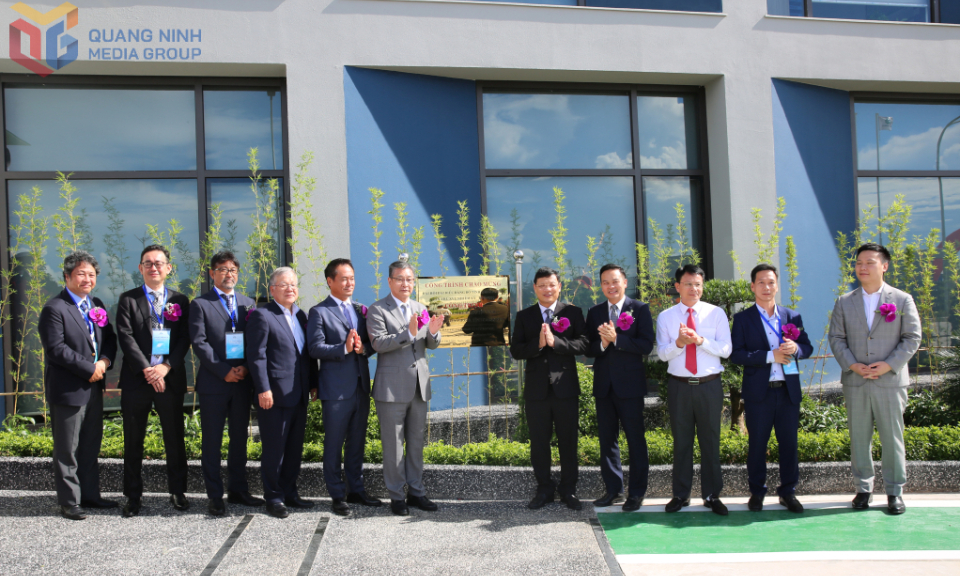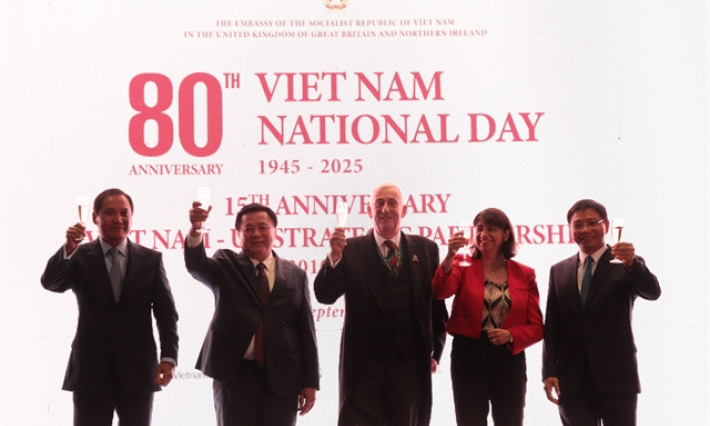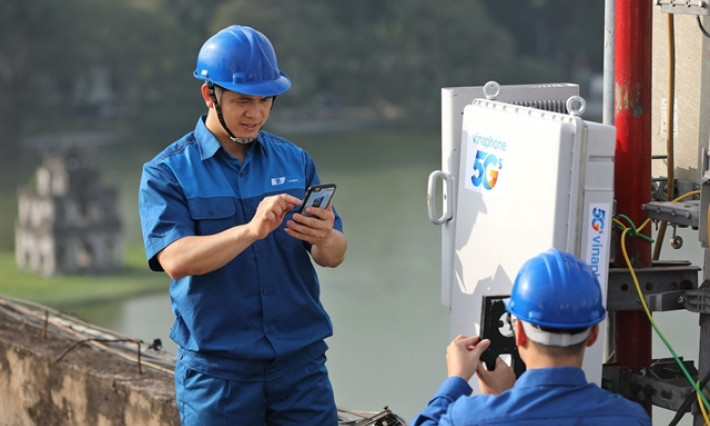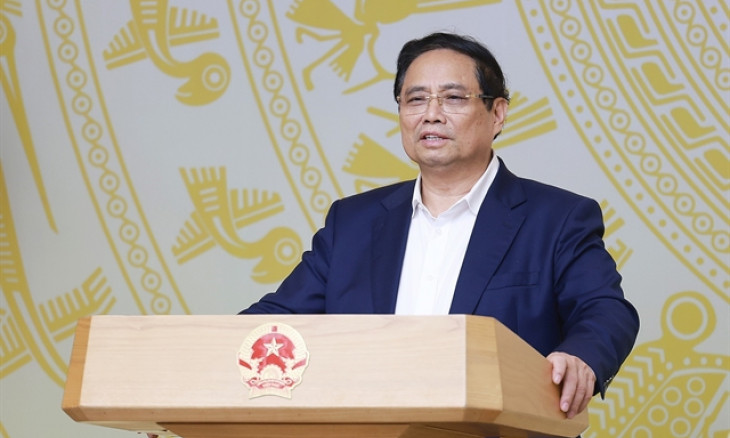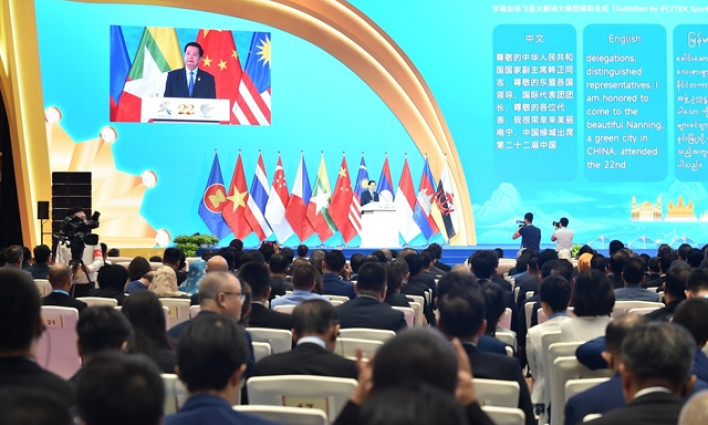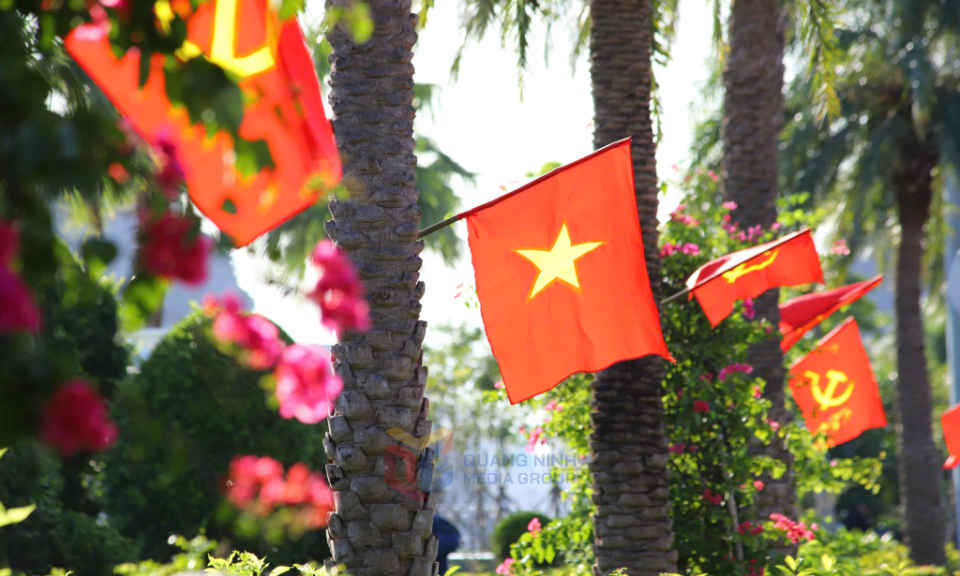Innovating mindsets in tourism resource exploitation
Faced with major challenges such as resource depletion, environmental pollution, and climate change, the tourism industry must adopt a new mindset in resource exploitation to achieve sustainable development.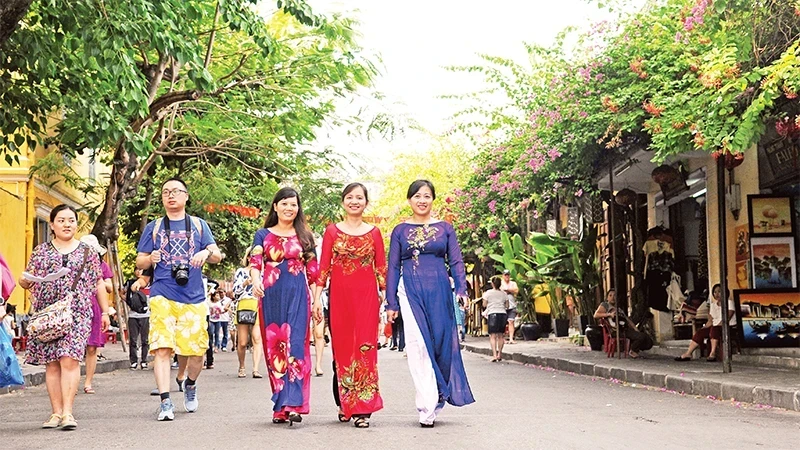
With a breakthrough approach to utilising tourism resources, experts at the Scientific Union for Sustainable Tourism Development (STDe) have spent the past 15 years researching and developing 35 unique tourism projects. These projects transform difficulties into opportunities, many of which have been successfully implemented and gained recognition within the tourism community.
One notable example is the project “Turning Central Vietnam’s storms and floods into tourism products.” Instead of avoiding or resisting adverse weather conditions, this initiative proposes innovative tourism activities in the context of rain and floods, offering visitors a unique experience.
This approach allows tourism to coexist with and even benefit from harsh natural conditions. Although initially controversial, the project has since been adopted by several businesses in Hue and Hoi An.
STDe’s “Darkness hotel” model is another innovative project that promotes energy conservation while offering visitors intriguing experiences that highlight the value and beauty of darkness.
This project won the Contribution Award at the Green Economy Ideas 2011 competition and secured technology transfer contracts with three businesses at the 2013 International Techmart Fair.
Other projects include “Bac Lieu Wind”, which transforms wind farms into a tourism product in collaboration with local tourism businesses, and “Straw of Duong Lam”, which encourages residents of the Duong Lam Ancient Village to repurpose straw for homestay accommodations, souvenirs, and fashion items. This initiative reduces straw burning, mitigates environmental pollution, and creates engaging tourist activities.
This project is being implemented with local businesses and residents in Duong Lam and has completed its first phase.
The emergence and feasibility of these projects have opened new doors for tourism product innovation and development in Vietnam.
According to Dr Nguyen Thu Hanh, President of STDe, these tourism projects are designed to adapt to environmental and societal changes. These projects replace outdated approaches to resource exploitation and enhance resource value, boost tourism revenue, minimise environmental damage, and create long-term, sustainable economic benefits. However, pursuing this path isn’t easy, as creativity alone is insufficient.
From STDe’s experience in research and project implementation, the biggest challenge is encouraging businesses—key players in the tourism market—to embrace innovative scientific research. Traditionally, businesses have relied on exploiting raw tourism resources. Moreover, research-based tourism products, especially those developed with a breakthrough mindset, are difficult to price, vulnerable to intellectual property theft, and lack effective protective mechanisms, making market integration a significant challenge.
Despite these obstacles, the need to shift perspectives in tourism resource exploitation is undeniable. Associate Professor Dr. Bui Thanh Thuy, Head of the Faculty of Tourism at Hanoi University of Culture, affirms that this transformation is essential, especially when facing escalating climate change and environmental pollution.
“To turn creative ideas into reality, we need policies and mechanisms to encourage their transformation into practical applications. Until now, we have overlooked this market, considering it an intangible production sector that does not yield physical products for society. However, as the creative economy gains recognition and proves its value, we must shift our thinking to establish a market for creative industries,” Dr Bui Thanh Thuy emphasised.
From a business perspective, balancing innovation with practical feasibility is crucial. Nguyen Tien Dat, Vice President of the Hanoi Tourism Association, highlights that investment scale and ease of implementation are key factors. Many creative tourism ideas are intriguing and appealing but may require excessive investment or coordination among multiple stakeholders, deterring businesses.
Additionally, revenue potential must be considered, as creative tourism products often have short life cycles—what is novel today may become commonplace tomorrow. Therefore, continuous renewal and long-term sustainability must be factored in.
To transform a creative idea into a breakthrough tourism product, various resources must come together, including research, investment, business implementation, government support, and local community involvement. Strong collaboration among these stakeholders is essential to fostering the development of innovative tourism products capable of shaping Vietnam’s tourism brand.

